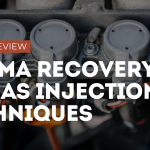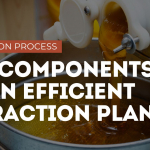Coffee brewing techniques have fascinated enthusiasts for centuries, evolving from traditional methods to the advanced brewing systems we see today. In recent years, espresso coffee brewing techniques have especially attracted attention due to their precision and the unique flavors they unlock. This article will explore some popular coffee brewing techniques for espresso, focusing on the results each method produces and the sensory differences that can enhance your coffee experience.
Introduction to Coffee Brewing Techniques
Coffee brewing techniques refer to the diverse processes by which coffee is extracted from ground beans, producing a wide range of flavors, aromas, and textures. Each technique has its unique impact on coffee’s taste, affected by variables like water temperature, pressure, and extraction time. Among the most popular coffee brewing techniques is espresso, which is celebrated for its intense flavor and rich crema, the thick, aromatic foam that forms atop the coffee.
In this post, we will look closely at three espresso coffee brewing techniques: the traditional bar machine, the Hyper Espresso method, and the I-Espresso System. Each offers unique qualities and a different coffee experience, allowing coffee enthusiasts to tailor their brew according to taste preferences and convenience. Whether you’re a coffee novice or an aficionado, understanding these methods can add a new layer of appreciation to your next espresso shot.
1. The Bar Machine: A Traditional Espresso Brewing Technique
The bar machine, often referred to simply as the espresso machine, is one of the most commonly used coffee brewing techniques in cafes around the world. Known for its reliability and the rich espresso it produces, this technique involves several key components: a rotating pump, a heat exchanger, and an extraction chamber. The water is pressurized at nine bars, an optimal level for flavor extraction, which pushes hot water through a compacted “cake” of finely ground coffee.
With the bar machine method, several factors must be controlled carefully to ensure a high-quality espresso. Water temperature plays a crucial role, as studies have shown that the ideal range is around 92°C. Water pressure and the flow rate, which should ideally be about 1 ml per second, must also be precisely managed. If the water pressure is too high, the espresso becomes excessively bitter and astringent. Overheating the water or prolonged extraction can lead to a burnt taste, compromising the balance of the flavor.
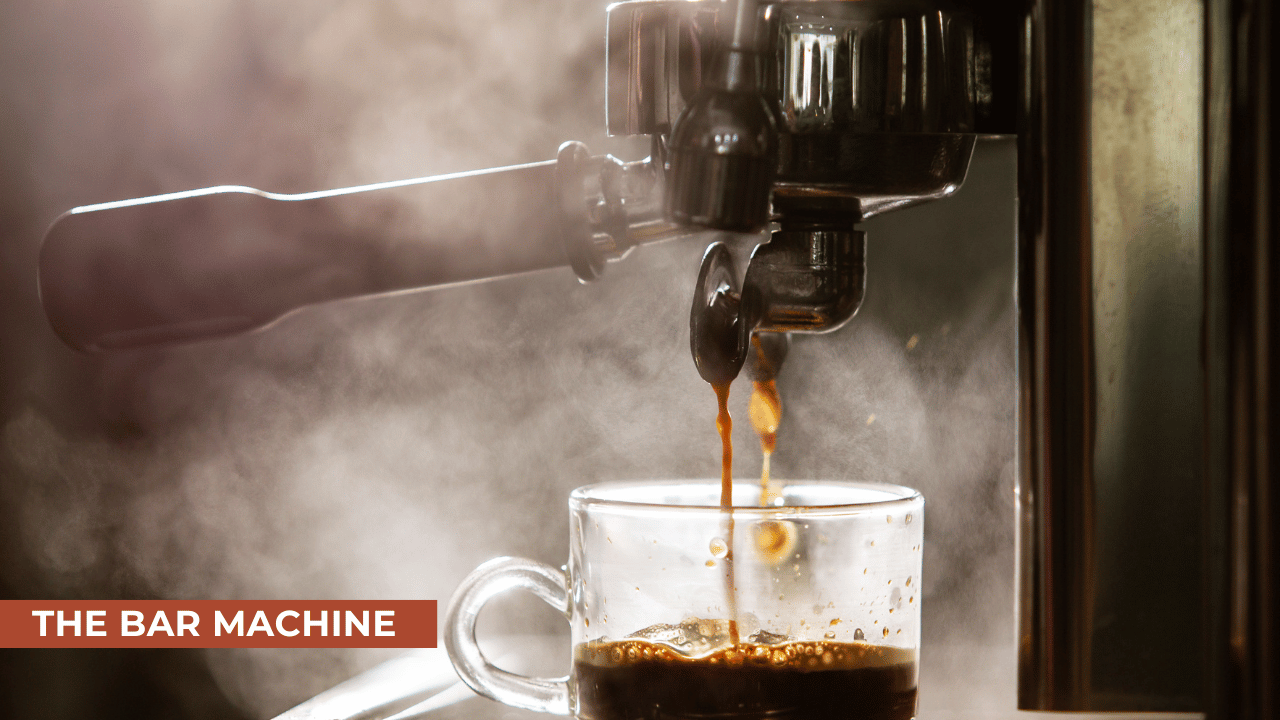
One of the unique characteristics of this coffee brewing technique is its reliance on the barista’s skill to control various parameters like grind size and powder compression. These factors can significantly impact the final espresso’s sensory qualities, making it a rewarding method for those who enjoy the hands-on art of espresso brewing. However, the dependency on human control can lead to variations between shots, making consistency a challenge. When executed well, the bar machine produces espresso with a balanced, intense flavor and an inviting layer of crema that coffee lovers appreciate.
2. The Hyper Espresso Method: A Modern Twist on Espresso Coffee Brewing Techniques
The Hyper Espresso method, developed by illycaffè, introduces modern enhancements to espresso coffee brewing techniques, using pre-measured capsules to simplify the process and reduce inconsistencies. This method is engineered for ease of use while preserving the depth of flavor associated with espresso. Each Hyper Espresso capsule is intricately designed, featuring five main parts: a cover, an upper and lower filter, an infusion chamber, and a flow conveyor. These components ensure that pressure builds within the capsule during brewing, allowing the water to interact with the coffee grounds evenly and effectively.
This technique operates at a higher pressure of 12 bars, which enhances the extraction process. Compared to traditional bar machines, the Hyper Espresso method yields a coffee with a richer, fuller body. The pre-measured capsules remove the variability introduced by manual grinding and tamping, meaning the Hyper Espresso method can consistently deliver high-quality espresso without requiring barista-level skills.
A defining feature of this coffee brewing technique is the thickness and persistency of its crema. The Hyper Espresso system is designed to maximize the foam index, which contributes to the espresso’s velvety texture and complex mouthfeel. According to research, the Hyper Espresso technique produces foam with a persistency that is remarkably high—lasting up to 234 minutes—far exceeding the bar machine’s foam duration. This long-lasting crema adds to the aesthetic appeal and may slightly alter the coffee’s aroma as the foam layer selectively holds some volatile compounds.
However, despite its user-friendly design, the Hyper Espresso method also brings environmental considerations, as single-use capsules add to waste. Despite this drawback, the method remains a popular choice for home baristas and coffee enthusiasts seeking consistent, flavorful espresso without the need for extensive technical skills.
3. The I-Espresso System: Streamlined Espresso Coffee Brewing Techniques
Another innovation from illycaffè, the I-Espresso System, represents a streamlined approach to capsule-based coffee brewing techniques. This method, similar to Hyper Espresso, also relies on pre-measured capsules, but it offers a simpler design. The capsule comprises a plastic cylinder sealed with a film, with a central hole at the bottom that opens when a set pressure level is reached. Once the pressure is sufficient, the brewed coffee flows out, allowing for a smooth, controlled extraction.
The I-Espresso System differs from Hyper Espresso in its design and pressure levels, resulting in a lighter and less viscous coffee. It operates with a slightly lower pressure than the Hyper Espresso method, generally closer to the pressure levels of a bar machine, which results in a milder espresso. This makes it ideal for those who prefer a less intense flavor profile while still enjoying the consistency and convenience of capsule-based coffee brewing techniques.
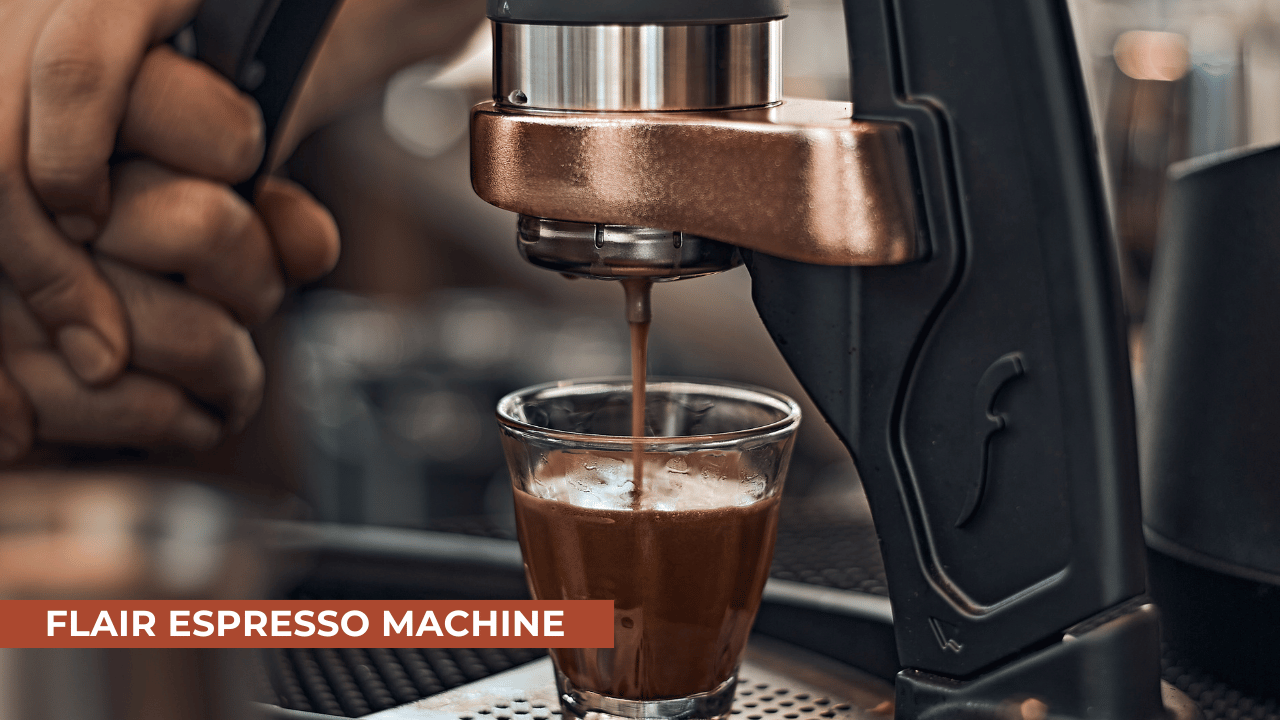
While the I-Espresso System does not produce crema as persistently as the Hyper Espresso method, it still maintains a pleasant layer of foam that enhances the mouthfeel of the espresso. Like Hyper Espresso, the I-Espresso System also allows users to bypass the complexity of grind size and tamping. This convenience comes at the expense of flexibility, as users cannot adjust grind or dosage to customize their brew. However, it still provides a balanced, reliable espresso with a smooth, mild taste.
Comparing the Coffee Brewing Techniques: Key Characteristics and Sensory Differences
Each coffee brewing technique offers a unique sensory experience, influenced by factors like pressure, temperature, and capsule design. Let’s examine some of the specific attributes:
- Pressure and Temperature: Pressure is a critical factor in all three coffee brewing techniques. The bar machine uses nine bars, an optimal level for the classic espresso profile. Hyper Espresso’s 12-bar pressure produces a more intense flavor, while I-Espresso’s pressure, closer to traditional espresso, results in a milder taste. All techniques use a water temperature close to 92°C, which studies indicate is ideal for balanced extraction and preventing a burnt flavor.
- Flavor and Aroma Profile: The bar machine method produces the most intense aroma, with higher concentrations of key volatile compounds like 2-methylbutanal, diacetyl, and pyrazines. These contribute to the malty, toasted notes that many coffee lovers value. In contrast, Hyper Espresso emphasizes a creamy texture and well-balanced aroma, while the I-Espresso System offers a lighter flavor profile suitable for a milder espresso experience.
- Consistency: Capsule-based methods, like Hyper Espresso and I-Espresso, offer unparalleled consistency due to the controlled capsule design. This consistency eliminates variability in grind and tamp, making each cup nearly identical. The bar machine, while capable of producing excellent espresso, requires precise control and skill, which may lead to variations.
- Environmental Impact: Although capsule systems excel in consistency, they also generate single-use waste, posing an environmental challenge. The bar machine, while more demanding to use, is more eco-friendly, as it does not rely on disposable capsules.
The Science Behind Foam and Texture in Coffee Brewing Techniques
The crema, or foam, on an espresso shot plays an essential role in its texture and aroma. In traditional bar machines, crema forms due to the pressurized water pushing through the coffee grounds, creating a short-lived but aromatic foam layer. However, the foam in bar machine espresso tends to dissipate quickly, lasting only a few minutes.
In contrast, Hyper Espresso capsules are engineered to enhance crema persistency, allowing the foam to remain intact for an extended period. This is achieved through the infusion chamber design within the capsule, which maintains the right pressure and allows for controlled foam creation. The thick, lasting crema not only improves texture but also acts as a barrier, affecting the release of volatile compounds and thus altering the aroma profile.
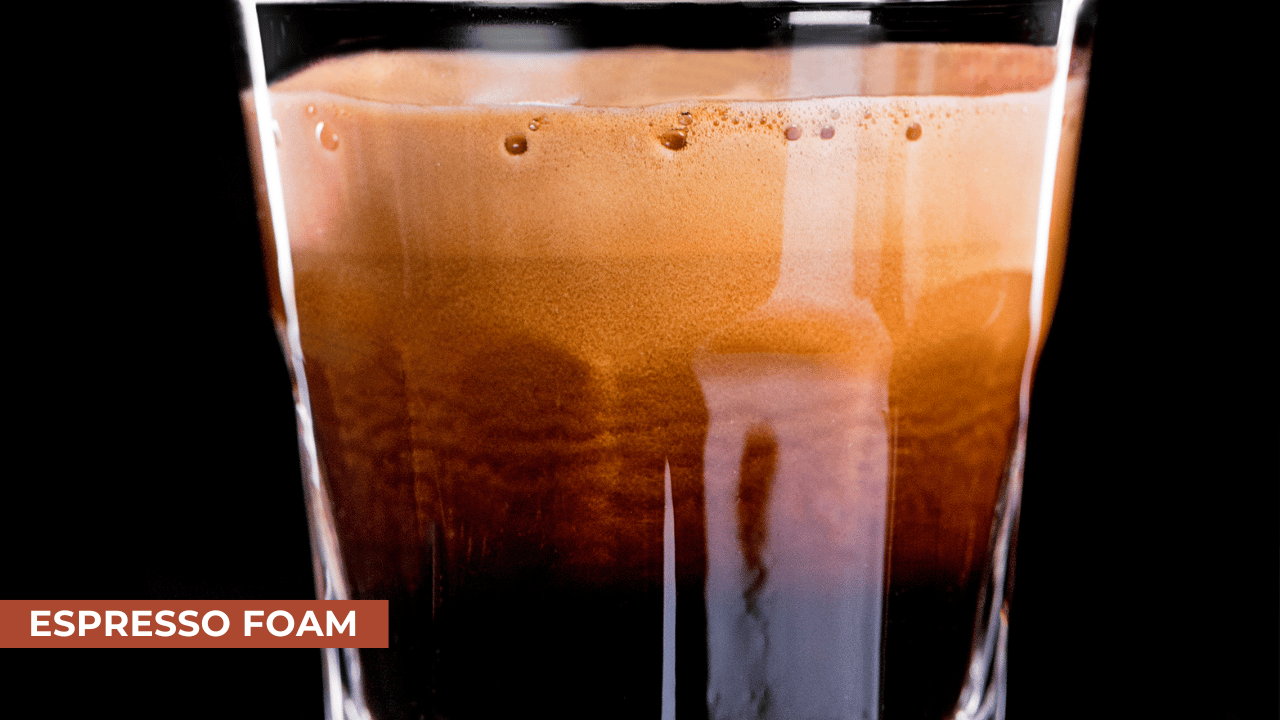
Environmental and Practical Considerations in Coffee Brewing Techniques
The environmental impact of coffee brewing techniques is an increasingly important topic among coffee drinkers. Traditional bar machines require more manual operation but generate minimal waste. In contrast, capsule systems like Hyper Espresso and I-Espresso, while convenient and consistent, raise environmental concerns due to their reliance on single-use capsules. Manufacturers are actively working to create biodegradable capsules to address this issue, but it remains a challenge for sustainable coffee brewing techniques.
Conclusion: Choosing the Right Coffee Brewing Technique for You
When it comes to coffee brewing techniques, there is no one-size-fits-all solution. Each method has its strengths, and the right choice depends on your personal preferences and priorities. For those who enjoy a rich, complex flavor and don’t mind a bit of a learning curve, the traditional bar machine offers an authentic espresso experience. If consistency, ease, and a creamy texture are essential, then the Hyper Espresso or I-Espresso System may be more appealing.
By understanding the nuances of these coffee brewing techniques, you can select the method that best suits your taste and lifestyle. Each technique offers a unique journey into the world of espresso, allowing you to savor the richness of coffee with every cup. So, next time you’re preparing a shot of espresso, take a moment to appreciate the craftsmanship and science behind these beloved coffee brewing techniques.


